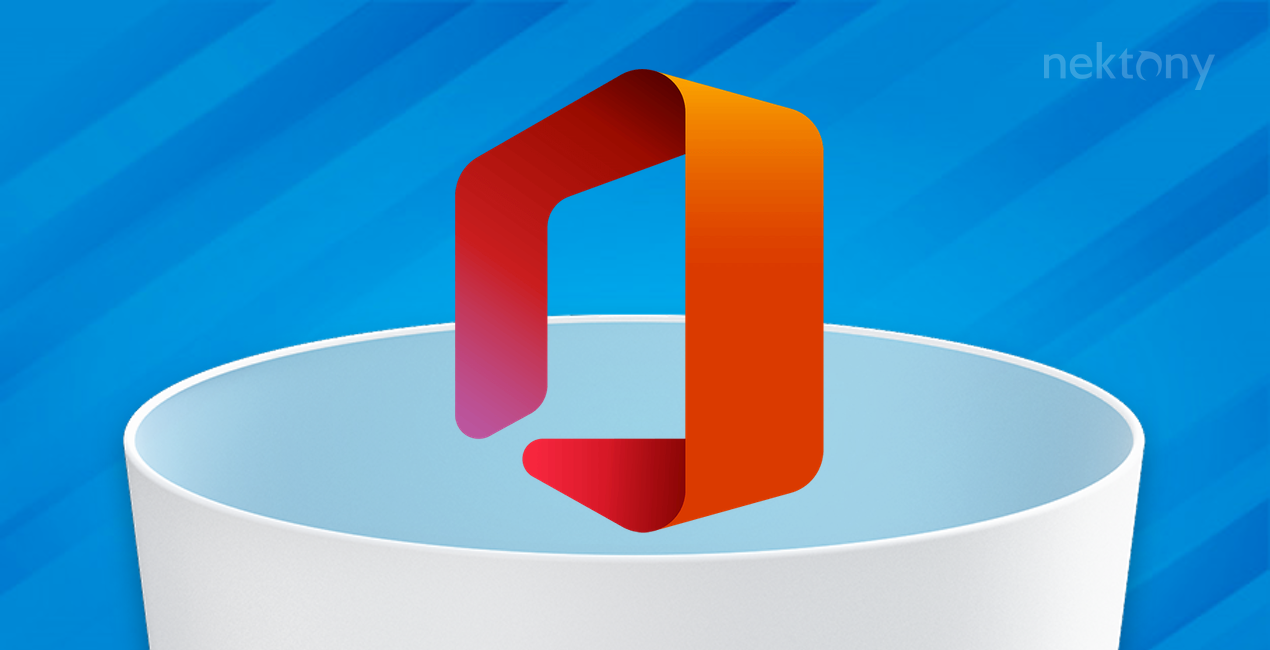
- #OFFICE FOR MAC LICENSE REMOVAL TOOL MAC OS X#
- #OFFICE FOR MAC LICENSE REMOVAL TOOL SOFTWARE#
- #OFFICE FOR MAC LICENSE REMOVAL TOOL DOWNLOAD#
- #OFFICE FOR MAC LICENSE REMOVAL TOOL MAC#
However, the service files are usually stored in hidden folders on your disk. You can find the executable file of a certain program in the Applications folder. Generally, any application is divided into an executable file (.app) and various service files. Each of these programs consists of different components.
#OFFICE FOR MAC LICENSE REMOVAL TOOL MAC#
The Office 365 Mac version includes the Word, Excel, PowerPoint, and Outlook programs. Remove Microsoft Office from Mac manually
#OFFICE FOR MAC LICENSE REMOVAL TOOL DOWNLOAD#
For this, download App Cleaner & Uninstaller and then follow the next steps:
#OFFICE FOR MAC LICENSE REMOVAL TOOL SOFTWARE#
This software tool helps to correctly, quickly, and completely remove Office from your Mac.

One of the trusted uninstallers is App Cleaner & Uninstaller. That is why we advise using third-party uninstallers, which automatically remove programs and their service files from your computer. Because of this, it is really hard to say exactly which files exist on a certain user’s Mac. The differences are due to the user’s experience, the macOS version, the particular app version, and so on.
#OFFICE FOR MAC LICENSE REMOVAL TOOL MAC OS X#
If you have Mac OS X Snow Leopard (10.6) or Lion (10.7), continue with these steps: Note These files are not always found on the computer. Drag all files that begin with "Office2011_" to the Trash.Click here to reinstall Microsoft Silverlight.

Warning If the Microsoft Silverlight plug-in is installed on the computer, you may have to reinstall it after removing this folder.


Step 5: Remove /Library/Application Support/Microsoft/ IMPORTANT Please restart your computer after following the above steps to remove in-memory caches. To remove subscription files, follow these steps: Open Library, and then open Preferences.Open Library, and then open PrivilegedHelperTools.Open Library, and then open LaunchDaemons.Drag all files that begin with "com.microsoft" to the Trash.Arrange files and folders in alphabetical order.To display this folder, hold down the OPTION key while you click the Go menu. Note The Library folder is hidden in Mac OS X 10.7 and later. To remove "com.microsoft" files, follow these steps: These customizations include changes to toolbars, custom dictionaries, and keyboard shortcuts that were created. Warning Removing preferences will delete any customizations that were made. Drag the Microsoft Office 2011 folder to the Trash.Step 2: Remove the Microsoft Office 2011 folder If the program icon appears in the Dock, press the CONTROL key, click the icon, and then select Quit.Select the application name next to the Apple icon, and then click Quit .Įxample: If Word for Mac is active, click Word next to the Apple icon from the menu system, and then click Quit Word.You can follow one of these methods to quit an active Office for Mac application: Step 1: Quit all Office for Mac applications


 0 kommentar(er)
0 kommentar(er)
